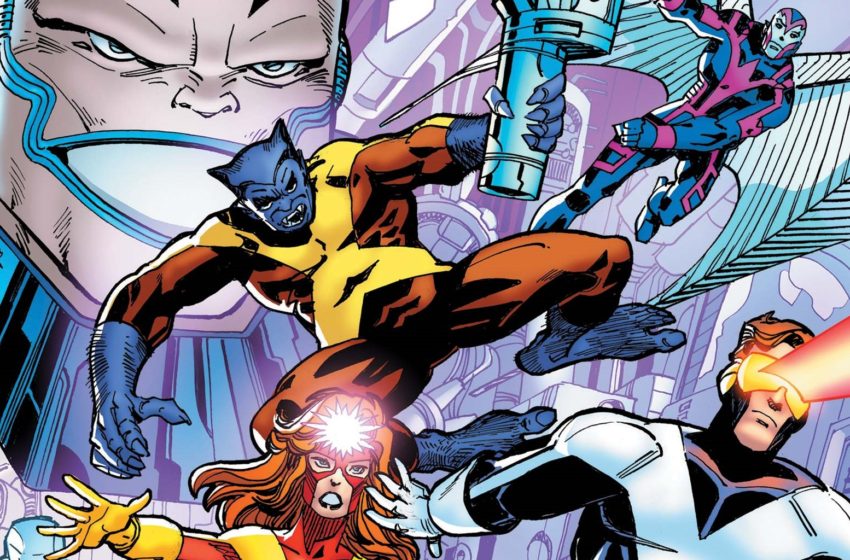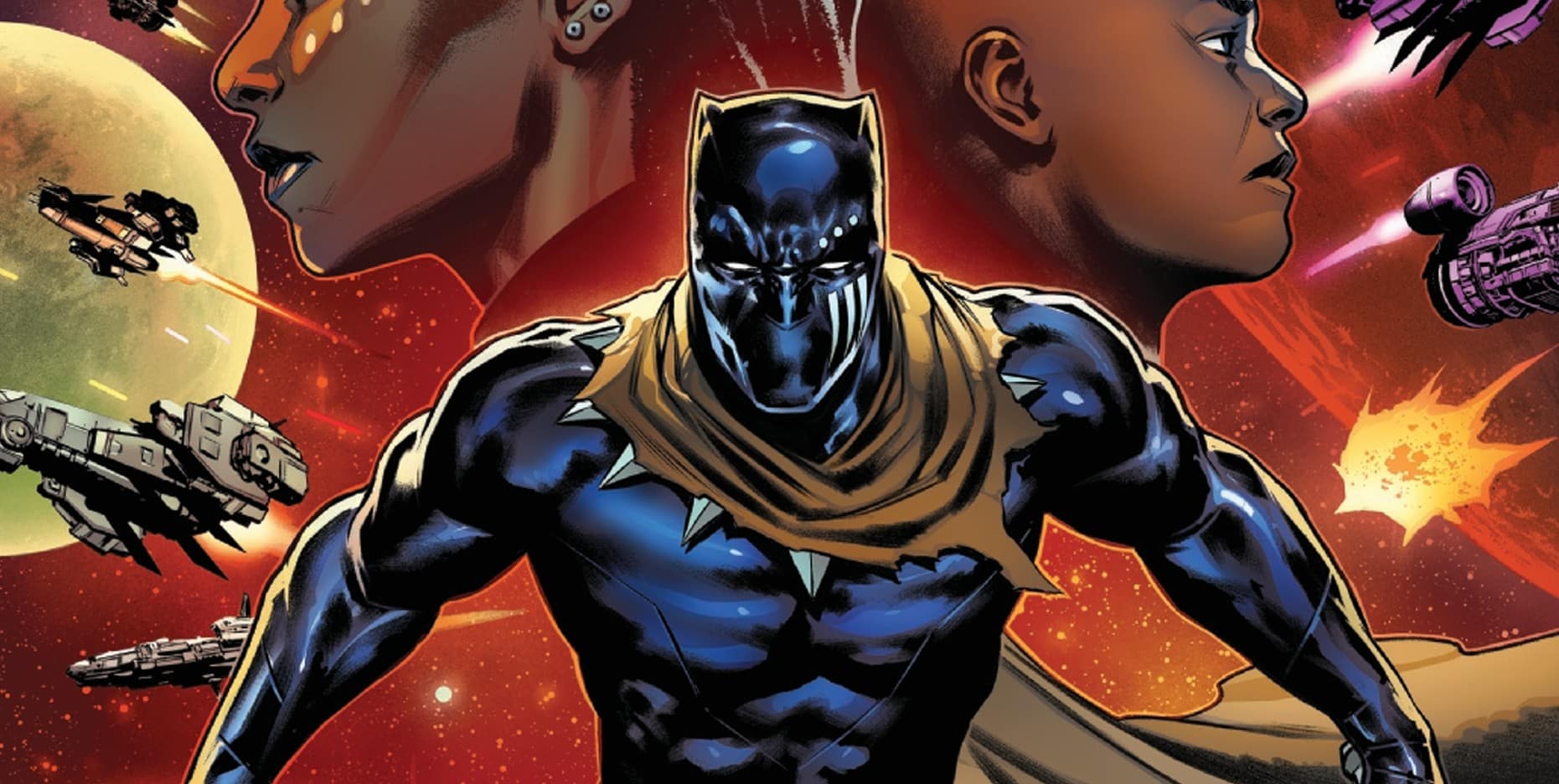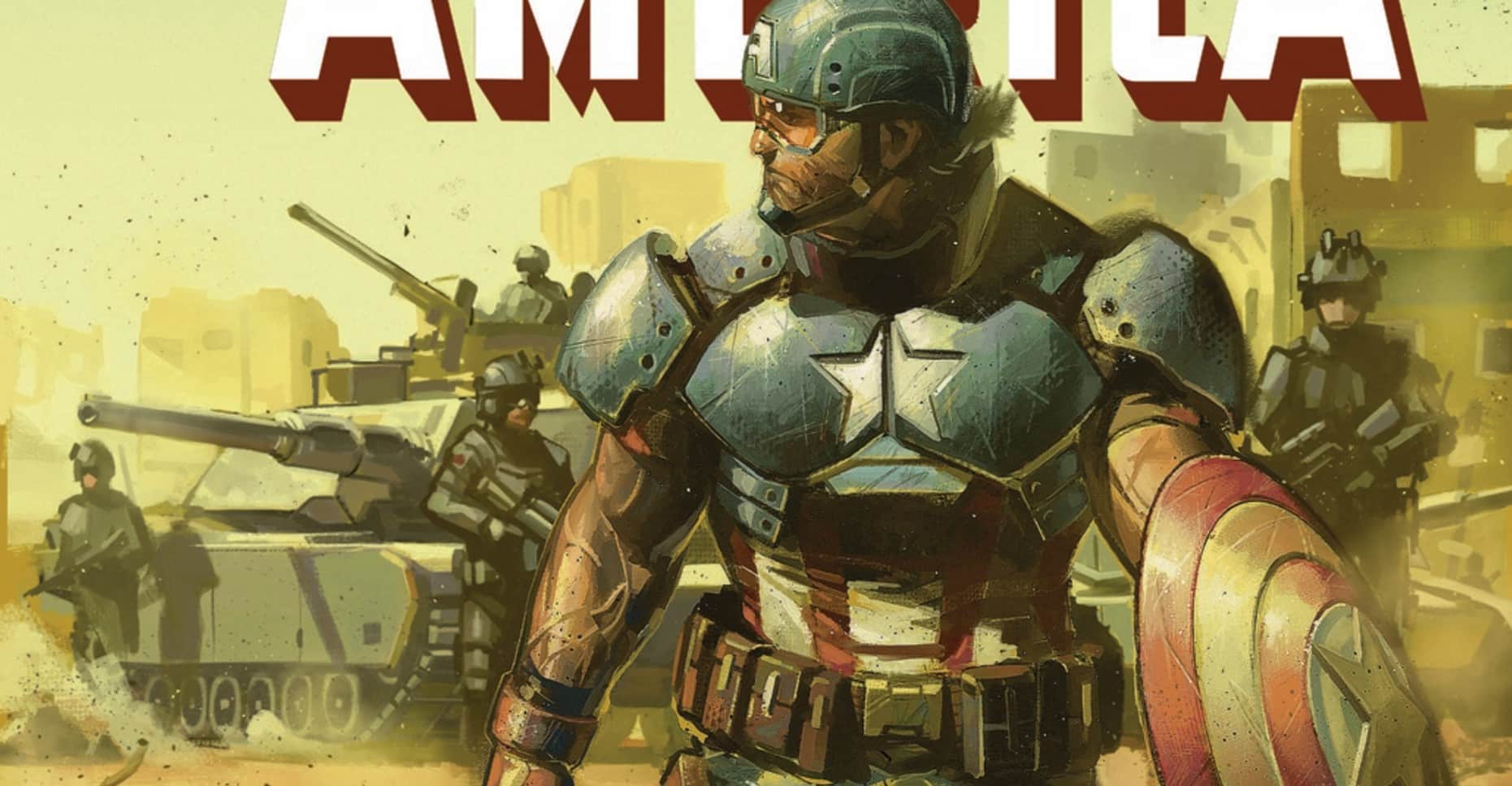Revisit the days of the original X-Factor as a new story set in a new corner of X-history begins in X-Men Legends #3 written by Louise Simonson, art by Walt Simonson, colored by Laura Martin, and lettered by John Workman
After a pair of issues set in the grim ‘n’ gritty, hatch mark-y 90s, X-Men Legends continues its jaunt through the nooks and crannies of X-Men history by going back to the late 80s with a two part story written by Louise “Weezie” Simonson and drawn by her husband Walt, the creative team who chronicled the original run of X-Factor together from issues #10 through #39. It is set between issues #42 and #43 of the series (the end of the two-part “trolls in London” story drawn by Art Adams and the cosmic “Judgement War” saga), a smart place for this continuity implant tale, which, Marvel assures readers, “counts” just as much as any other story. This is the X-Factor of the brooding Archangel, inhibitor belt Iceman, the newly re-furred & smart again Beast, a Jean Grey grappling with the presence of both Phoenix & Madelyne Pryor’s memories suddenly rattling around her head, and Cyclops learning how to be a parent to his infant son (the future Cable).
In terms of plot and characterization, Weezie slips into the voices of these characters like they’re a pair of comfortable old shoes, with everyone sounding more or less like they did when she was writing them circa 1989; a fan from that time could read this issue immediately after #42 and easily assume it was just the next issue of the series. Weezie also does a masterful job of weaving the tale into the existing continuity, addressing the potential trip-up points that might pull knowledgeable readers out of the story (like the fact that the New Mutants were living with X-Factor at this point in time, but understandably don’t appear in this issue), without getting in the way of the story being told; there’s really only one continuity flub this X-history pedant noticed, and it is very minor.
The immediate plot of the issue, meanwhile, is a touch repetitive, featuring a conflict Weezie had explored in an earlier issue of the series. But she does hang a lampshade on that fact, and by the end of the issue, that leads to the promise of something a little more novel in the next, as well as teasing some significant revelations to come regarding one of the book’s characters. But all that aside, it’s simply fun to see this particular configuration of the team working together again; a lot of the original X-Men stories from the 60’s are duds, but the 80’s run of X-Factor did a lot to sell the idea of the original X-Men as a seasoned, cohesive, and entertaining group which worked well together, and that “well-oiled camaraderie” is on full display in the action sequences here, as the teammates fall into the comfortable but still exciting rhythms of old friends who have worked together for a long time. And, of course, all the action triggered by the central conflict of this issue is, at its core, an excuse to let the art shine.
And shine it does. The art in this issue is the clear standout as Walt, like Weezie, barely misses a beat in his return to these characters. Underneath the cover, which homages the first issue of X-Factor (a cover Walt didn’t pencil, but for which he did provide the layouts), these pages look just as the characters sound, like a direct continuation of an issue from one month prior in 1989, instead of thirty-two years later. The modern coloring aside (which isn’t bad at all, and it’s understandable that Marvel wouldn’t want to go that far in recreating the era in which the story is set and use inferior coloring techniques), this could, again be handed to a reader back in the 80’s and nothing would seem out of place. Walt is as skilled as ever at depicting big, sweeping comic book action that crackles with energy and leaps off the page. In particular, this issue contains a number of full page spreads that make the action feel larger than life, but rather than each being a quasi-pinup featuring posed figures, Walt brings movement to every splash page, telling a story within the story as the characters move across the page. There may not be a ton of panel grids on the splashes, but there’s still a sense of narrative momentum and pacing on each. It’s breathtaking work.
All in all, X-Men Legends #3 sets a gold-standard for these kinds of backwards-looking, continuity-insert stories. If Marvel is going to play around in the history of bygone eras and insert new stories (and, clearly, there is a market for it, like it or not), this is the way to do it: with relevant creators able to immerse readers in the sensations and rhythms of a specific time while telling a compelling and entertaining story, regardless of the era being revisited or the history being rewritten.
Austin Gorton also reviews older issues of X-Men at the Real Gentlemen of Leisure website, co-hosts the A Very Special episode podcast, and likes Star Wars. He lives outside Minneapolis, where sometimes, it is not cold. Follow him @austingorton.bsky.social.






